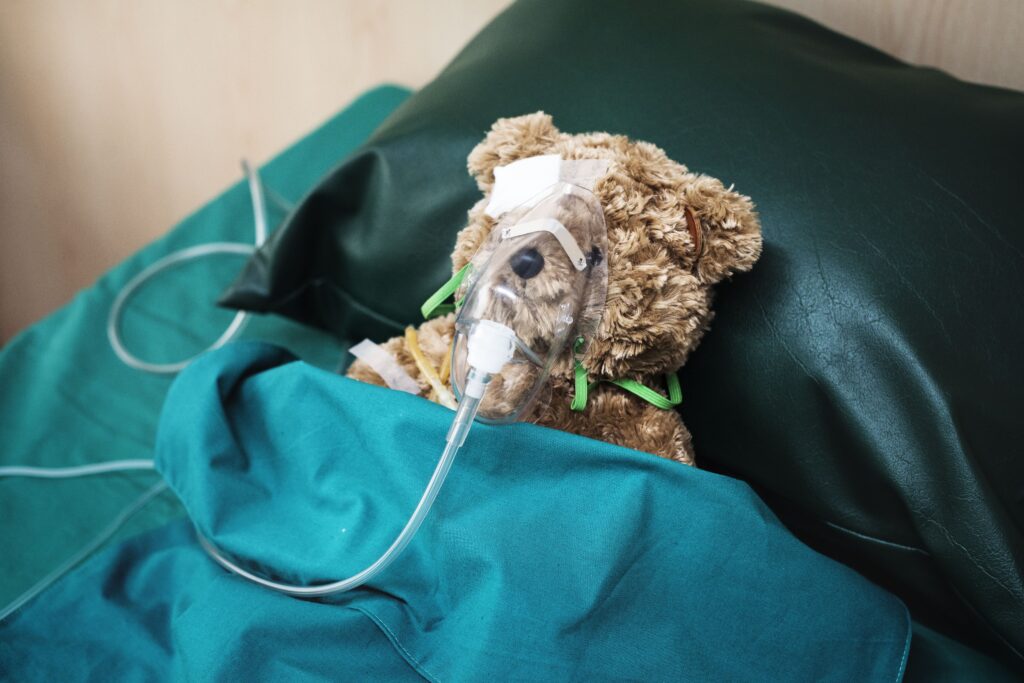A CPAP machine plays a crucial role in keeping the airways open by delivering continuous positive air pressure. But sometimes users encounter things that might feel strange or unusual, such as they might feel like they are not getting enough air.
Patients dealing with severe sleep apnea might panic in this situation. It is for sure a devastating situation for someone who has to deal with critical breathing issues. They might start questioning the machine’s performance or treatment, leading to undermined confidence in the therapy.
The sensation of restricted airflow or insufficient breath can occur due to many factors. By understanding the root causes, you can prevent panicking and handle this situation in a better manner. Moreover, by doing this, you can also maximize comfort and improve therapy effectiveness.
In this article, we will learn about why a CPAP machine feels like it is not delivering an effective treatment by not delivering proper air. This comprehensive guideline will also give you an insight into what you can do in this situation or when to seek professional advice to ensure optimal treatment results.

Factors Contributing to Impacting Airflow
Irregular Pressure Settings
Ill-Fitting Mask
Tubing Problems
Humidifier Issues
Clogged Filters
Aerophagia (Swallowing Air)
Anxiety and Mask Sensation
FAQs(Frequently Asked Question)
Some of the CPAP masks, like nasal pillow masks and some nasal masks, can feel restrictive since air only enters through the nostrils. As a result, medical specialists most recommend full-face masks to alleviate the sensation by delivering air through both nose and mouth.
Yes, rainout can block airflow, leading to a lowering of the actual pressure that needs to be delivered to keep your airways open.
Yes, the machine may deliver the set pressure, but your therapeutic needs might have changed, which is why it might fail to deliver appropriate treatment. This situation mostly occurs due to weight changes or worsening apnea that can require pressure adjustments. If you are facing this situation, you need to consult your doctor for optimal health results.
Congestion narrows the nasal passages, making airflow more difficult to perceive, enhancing resistance, and making normal pressure feel insufficient.
Put the mask on and feel around for escaping air. Also, listen for hissing sounds.
Yes, if the pressure is too low, it can create a sensation of suffocation or air hunger.
Yes, blocked nasal passages increase resistance and restrict airflow. Even normal CPAP pressure may feel inadequate if your nose is obstructed.
Review your machine’s pressure data and AHI reports. If symptoms persist but readings look “normal,” the auto-adjust minimum may be set too low.
In summary, understanding these factors and troubleshooting them can significantly improve comfort and the feeling of getting proper airflow during CPAP therapy.
